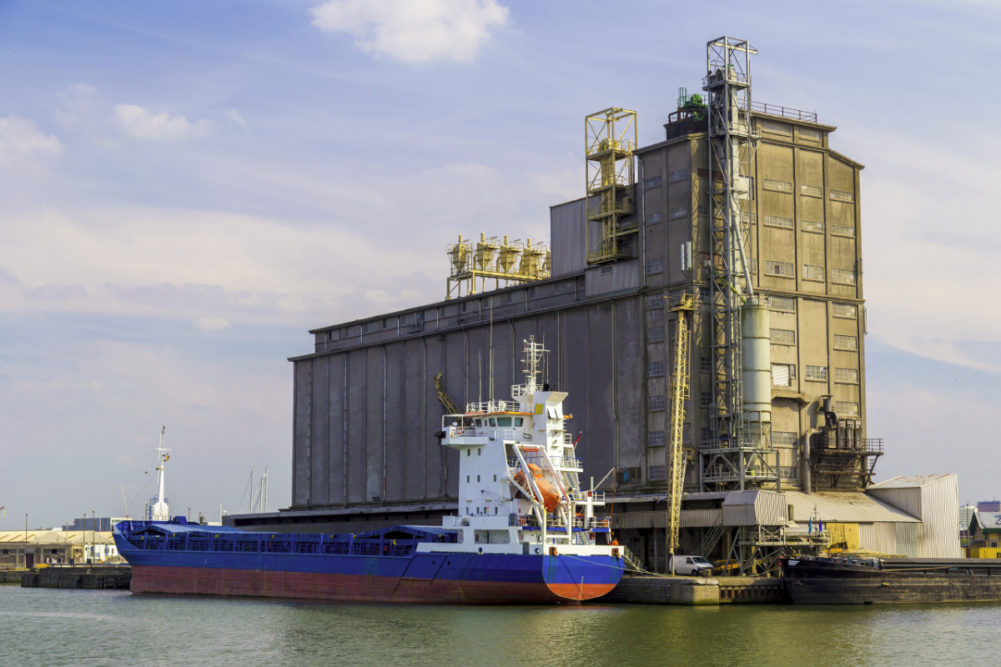ARLINGTON, VIRGINIA, US — The US House Appropriations Committee approved the fiscal year 2022 Energy and Water Development and Related Agencies funding bill on a 33 to 24 vote, which includes funding for the Navigation and Ecosystem Sustainability Program (NESP).
The bill provides $53.23 billion in funding for 2022 and focuses on creating new jobs, investing in clean energy and rebuilding waterway infrastructure.
“I’m pleased that the legislation we are unveiling today makes good on our promise to the American people to Build Back Better,” said Marcy Kaptur, chairwoman of the Energy and Water Development, and Related Agencies Appropriations Subcommittee. “It helps sustain life on earth and address our nation’s most pressing challenges. This bill not only meets the needs of the current moment but provides a foundation for addressing the many challenges we face at the dawn of this new era in energy and water. The legislation makes critical investments in combating the climate crisis by funding clean energy innovation, rebuilding our nation’s water infrastructure, and tackling the drought crisis in the West.”
The bill includes $22.5 million for NESP, a US Army Corps of Engineers program dedicated to navigation improvements and ecological restoration for the Upper Mississippi River – Illinois Waterway (UMR-IWW).
The National Grain and Feed Association (NGFA) commends the approval and urges the US House and Senate to approve it.
“NGFA thanks House appropriators for continuing to recognize the urgent need to modernize US locks and dams by securing this crucial construction funding for NESP,” said Mike Seyfert, chief executive officer and president of NGFA. “It is well known that the majority of the nation’s locks and dams have outlived their 50-year design life. As our infrastructure deteriorates, the US falls further behind the competition in the global marketplace. NGFA members urge Congress to enact this crucial investment in NESP to rebuild America’s inland waterway infrastructure.”
NESP was first authorized in 2007 but has not received any construction funding. Yet most locks on the UMR-IWW built in the 1930s and 1940s with 600-foot chambers, have long-surpassed their design life, according to the NGFA. The funding would allow NESP to expand the navigation capacity along the UMR-IWW through the construction of seven new 1,200-foot locks and dams.
“By including this construction project funding for NESP, Reps. Bustos, Hinson, Graves and Luetkemeyer have helped bring the US another step closer in the long-term effort to build new locks on the UMR-IWW, which will spur job creation and help ensure that the US remains competitive as a world grain exporter,” Seyfert said. “For example, the US is no longer the world’s top soybean exporter and key competitors continue to lower their transportation costs by investing in infrastructure. Research from the US Department of Agriculture suggests that unless significant improvements are made to farm-to-port infrastructure, US world market share could decline an additional 3 to 6 percentage points, resulting in $1.5 billion to $3 billion in lost export sales.
“NESP is crucial to maintaining a strong US transportation infrastructure system that provides producers and agribusinesses with options and a strong comparative advantage, fostering the ability to efficiently and competitively serve domestic and global markets.”






